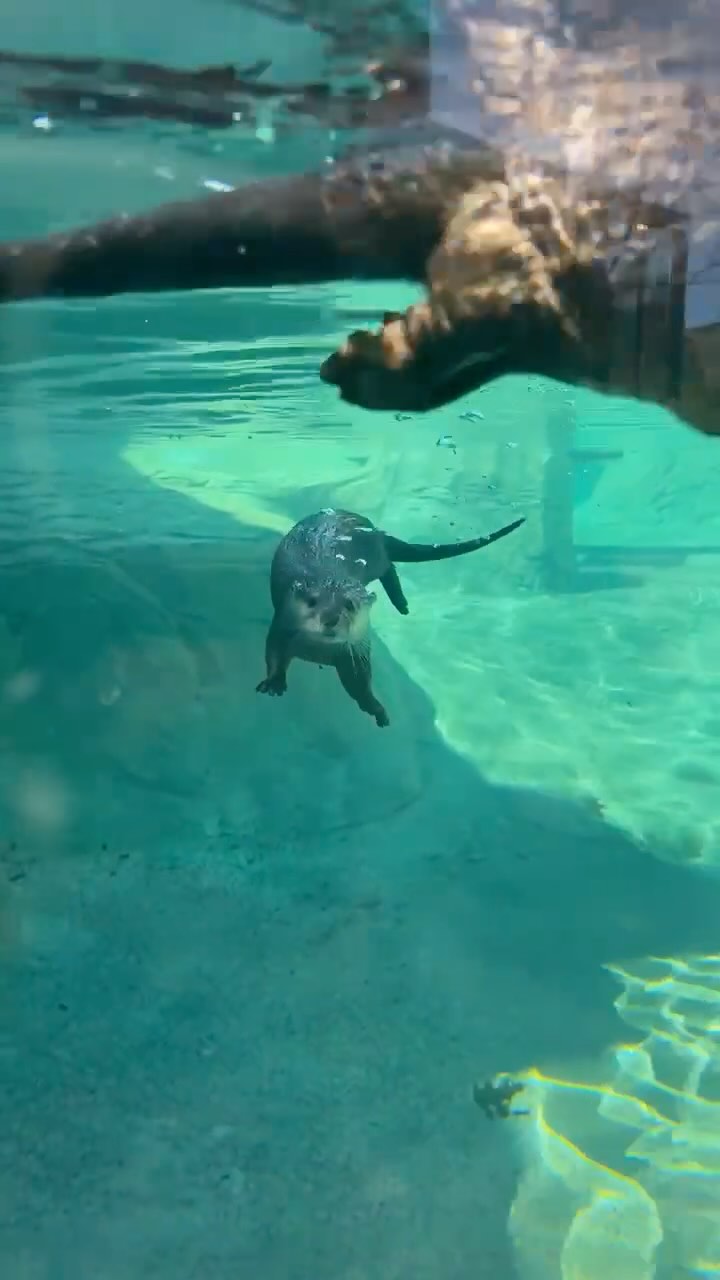- Celebrating the Cincinnati Zoo’s 150-year legacy with the unveiling of new habitats, showcasing significant evolutionary strides in zoo management and wildlife conservation.
- Exploring the specialized habitats of Asian small-clawed otters, Siamang gibbons, rhinoceros hornbills, and their unique adaptations.
- Detailing the advanced ecological landscaping and habitat design integrated within the Elephant Trek area to enhance visitor experience and animal welfare.
- Understanding the importance of early access for members and its significance in promoting wildlife education and community engagement.
- Highlighting membership benefits and the role of public support in sustaining conservation efforts and educational initiatives.
The Cincinnati Zoo has long been a beacon of zoological innovation and conservation, commemorating its 150-year history with the launch of new habitats that reflect significant advancements in design and animal care. This milestone not only celebrates the zoo’s storied past but also exemplifies the future of responsible zoos. The new exhibit within the Elephant Trek area opens an exciting chapter by introducing audiences to Asian small-clawed otters, Siamang gibbons, and rhinoceros hornbills. These species provide an engaging educational platform, allowing visitors to appreciate the diversity and sophistication of the natural world.
Asian small-clawed otters are an engaging front-line feature of the new habitat. Known for their dexterous forepaws, these otters are the smallest of the 13 otter species but possess immense ecological significance. They are highly social animals, capable of using their paws to grasp objects and even crack open mollusks with ease. These intelligent creatures thrive in family groups, often exhibiting cooperative behavior in rearing young and foraging. By designing a habitat that mirrors their natural riparian settings and includes ample water bodies, the zoo emphasizes both animal well-being and an educational showcase of otter behavior and social dynamics.
The Siamang gibbon, another star of the exhibit, is recognized for its melodious calls and remarkable agility. Native to the forests of Malaysia and Indonesia, Siamangs are the largest of the gibbon species. Their elongated arms facilitate swift movement through the treetops, and their iconic throat sacs enable them to produce resonant vocalizations that can travel great distances. By replicating the forest canopy within their enclosure, the Cincinnati Zoo offers visitors a glimpse into these primates’ arboreal lives, highlighting the importance of preserving their decreasing natural habitat.
Rhinoceros hornbills, with their iconic casque and vivid plumage, are crucial to seed dispersal in Southeast Asian rainforests. These birds are integral to maintaining their ecosystems’ health by facilitating plant regeneration. The zoo’s exhibit underscores their ecological role while providing insights into their breeding patterns and social interactions. By showcasing these birds, the zoo aims to foster awareness of the challenges hornbills face in the wild, such as habitat loss and hunting. The habitat is designed to accommodate the birds’ spatial and physiological needs while offering visitors a striking lookout point to observe them.
Central to these new enclosures is the zoo’s commitment to advanced ecological landscaping. The Elephant Trek area has been transformed not just to accommodate the new species but to enhance biodiversity. Innovative design choices incorporate native plant species, forming naturalistic settings that appeal to both animals and visitors. These thriving plant communities support a variety of local wildlife, while also serving as educational touchpoints for discussions on ecological interdependence and habitat conservation. Such strategic landscaping integrates sustainability with visitor engagement, facilitating a richer educational encounter.
Member access to the new habitats emphasizes the zoo’s educational mission. Allowing members an hour of exclusive exploration underscores the value placed on community involvement. This opportunity fosters an intimate understanding of the animals and encourages a deeper connection with conservation initiatives. By engaging directly with these educational opportunities, members become advocates for conservation, supporting the zoo’s wider mission to protect wildlife and educate future generations.
Membership perks extend beyond early access, offering a broad spectrum of benefits that enhance public participation in conservation. The Cincinnati Zoo recognizes the essential role that public involvement plays in sustaining animal care and conservation programs. Discounted memberships aim to broaden the audience base, opening doors for varied demographic engagement. The zoo’s approach to cultivating an informed and supportive visitor community is paramount in driving conservation and education forward.
The opening of these innovative habitats at the Cincinnati Zoo is more than a commemorative event. It reflects persistent efforts in promoting wildlife conservation and education. Through expertly designed landscapes and rich educational offerings, the zoo connects science enthusiasts and the general public alike with the wonders of the animal kingdom. This celebration not only marks a historical milestone but sets a benchmark for future zoological endeavors aimed at sustaining biodiversity and educating global citizens on the importance of wildlife conservation.
*****
Source Description
Cincinnati Zoo’s 150th Year Celebration Continues with Opening of New Habitats! Starting Monday, visitors will be able to see Asian small—clawed otters, Siamang gibbons, rhinoceros hornbills, and some incredible landscaping in an all-new area in Elephant Trek. Members can see the new habitat starting at nine am- an hour before the zoo opens to the public! All membership levels are on sale now!


